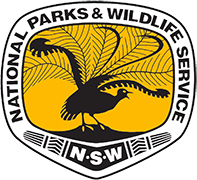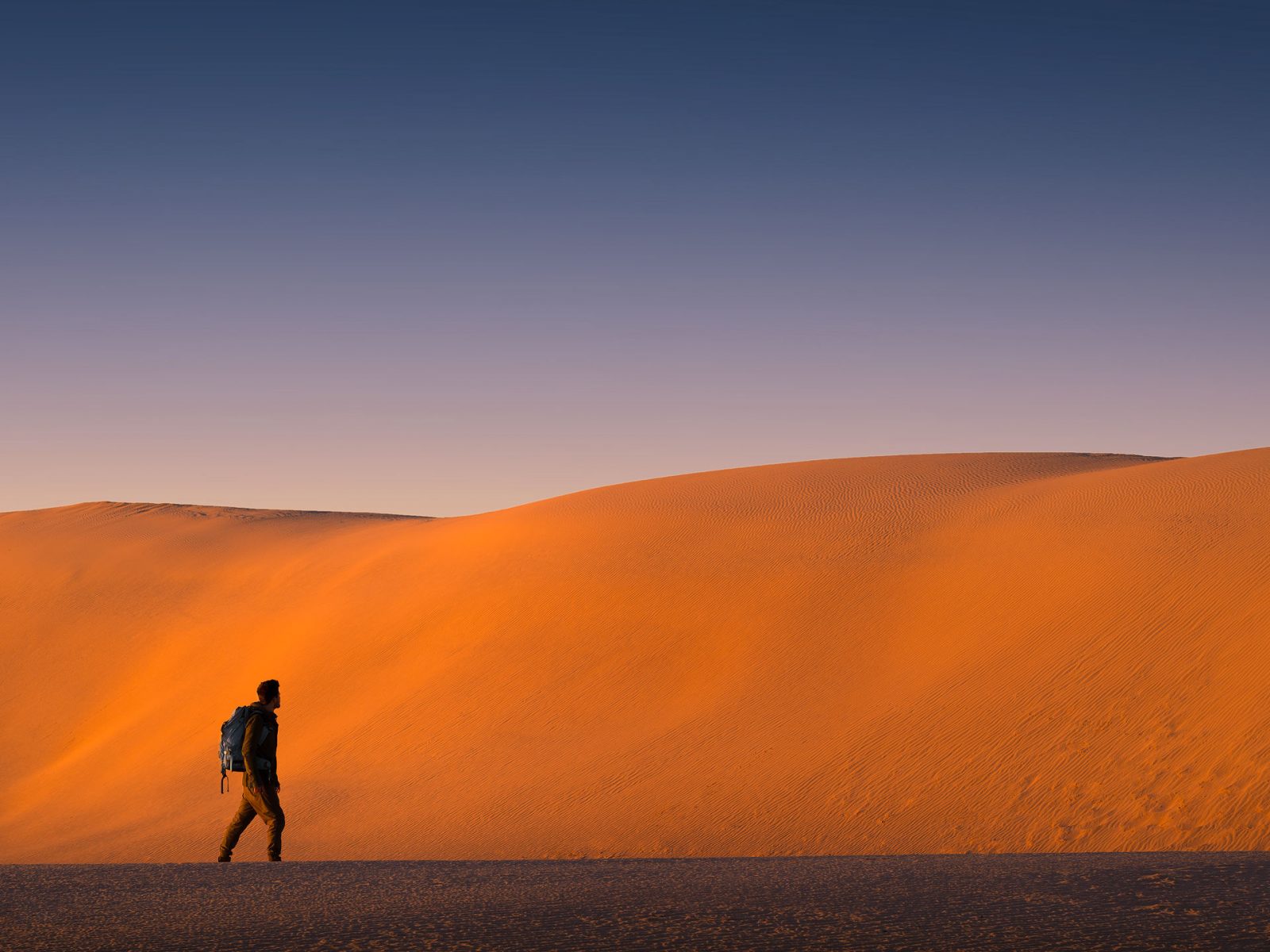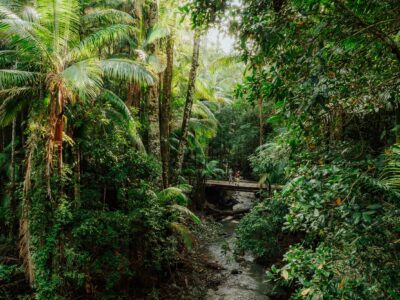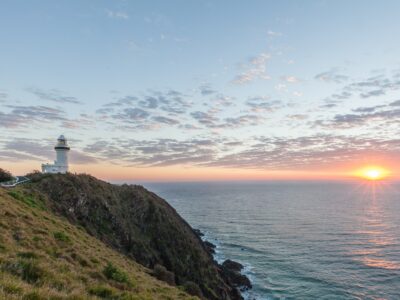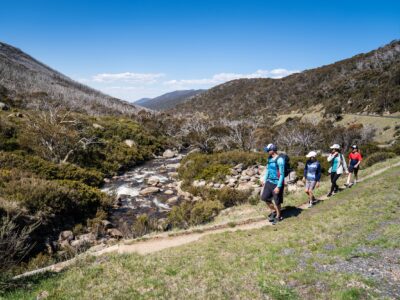The internet is packed with sad and bizarre stories of unprepared tourists getting lost in the Australian outback. Let’s be honest, you don’t even have to travel that far out of Sydney to be deep in the wilderness. But with a bit of planning (and a lot of common sense), there’s no reason you can’t safely explore some of the most spectacular and remote regions of NSW.
-
1/6
Plan like a pessimist
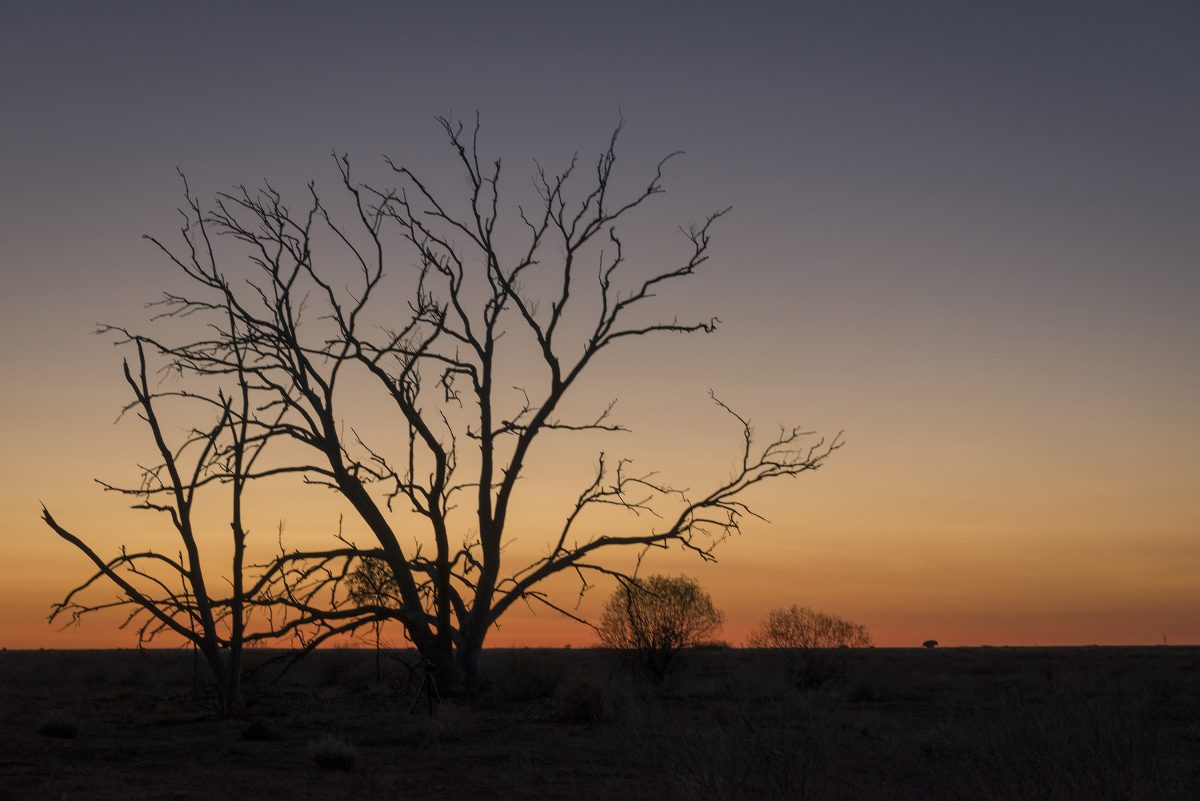
When it comes to travelling through remote areas of NSW, flying by the seat of your pants just won’t cut it. Plan every detail of your trip, like where the petrol stations are, where you’ll pick up supplies and where the Visitor Information Centres are located. Download any apps you may need (like Emergency+), pack a first-aid kit and basically be prepared for the worst. The chances of it happening are unlikely, but it’s better to be safe than sorry.
Don’t forget: To pack the map (non-digital, paper kind) that you’ve been planning your trip with. Before you go its good to note where local food and fuel supplies are.
-
2/6
Stay connected
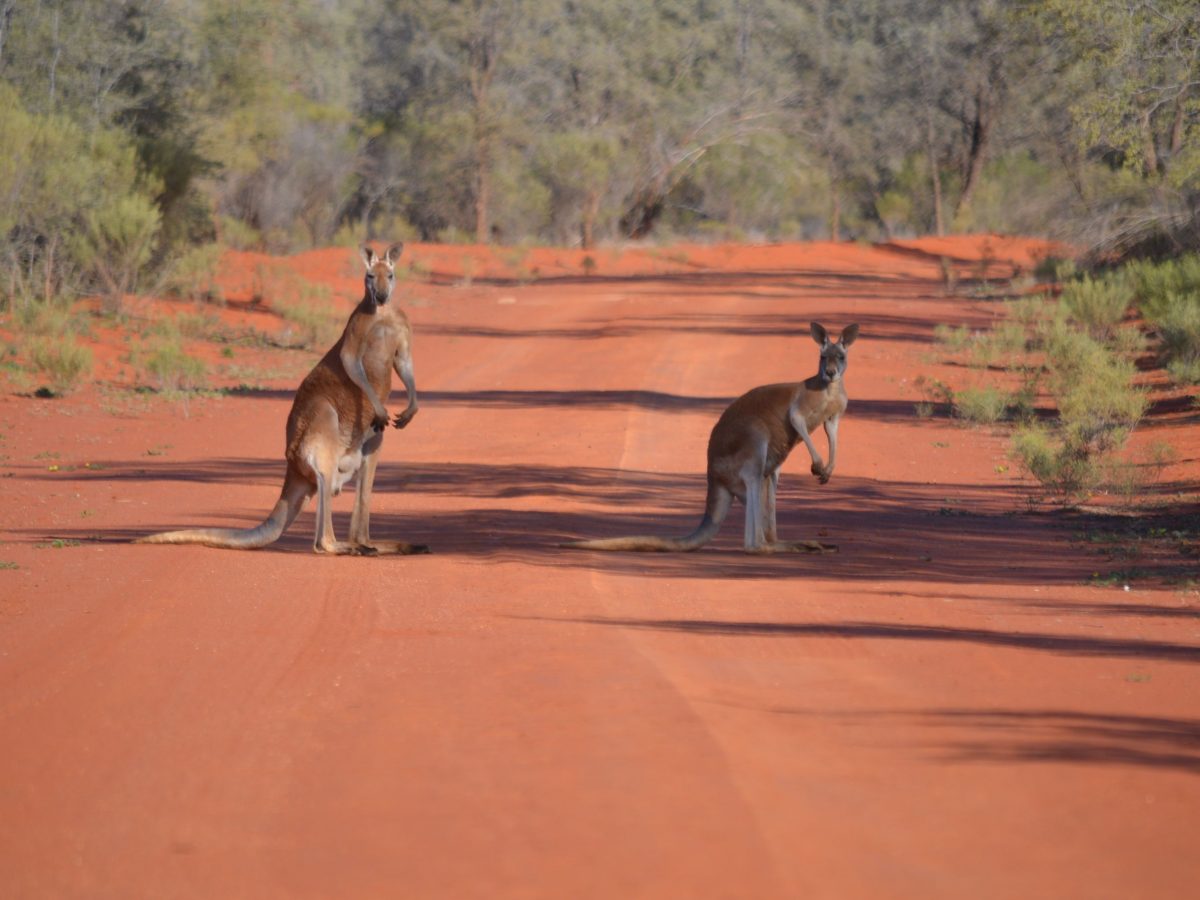 Photo Information
Photo InformationGundabooka National Park
Dinitee Haskard/DPIE
Since remote areas don’t have reliable mobile coverage, it’s a good idea to hire a satellite phone and GPS to take with your phone and car charger. If you’re going deep in the outback, you should take a Personal Locator Beacon (PLB) and Emergency Position Indicating Radio Beacon (EPIRB). Be sure to let friends or family know where you’re headed and when you plan to reach each landmark, so they know roughly where you are at all times.
Ranger’s tip: It’s important to tell other people about your trip, so they can contact NSW Police in case something goes wrong. Fill in our Trip Intention Form, which captures important info that might help NSW Police find you in the event of an emergency.
-
3/6
Take the right vehicle
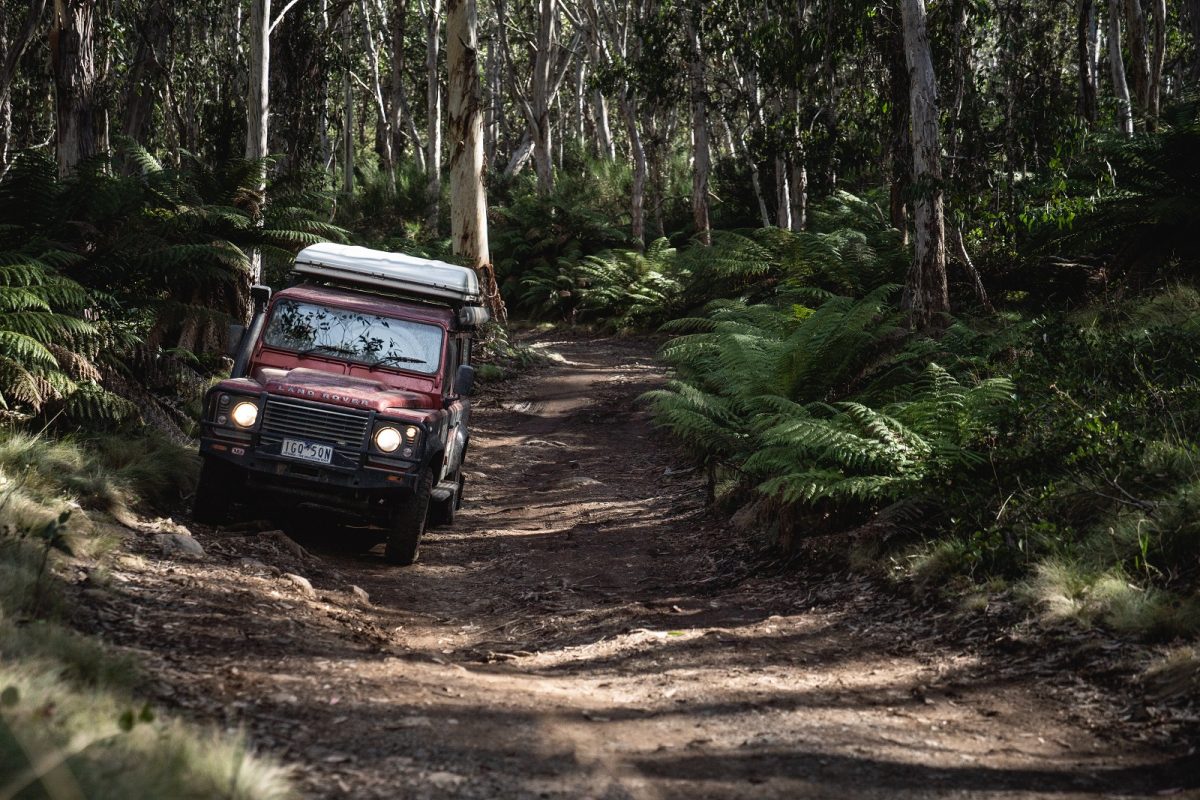 Photo Information
Photo Information4WD suited for the 4WD trials in Barrington Tops
Barrington Tops National Park
Rob Mulally/DPIE (2018)
Roads in the outback range from beautifully-paved highways to dirt strips that could easily be mistaken for kangaroo tracks. Many roads aren’t suitable for 2WD vehicles and some aren’t passable after rain, so you’ll need to check the weather, and road closures or conditions before you set out and make sure you have a 4WD if needed. Your vehicle should be in top condition and have extra fuel, spare tyres and tools for repairs, just in case.
Ranger’s tip: Before you go consider getting NRMA roadside assistance and your vehicle serviced.
-
4/6
Check the facilities
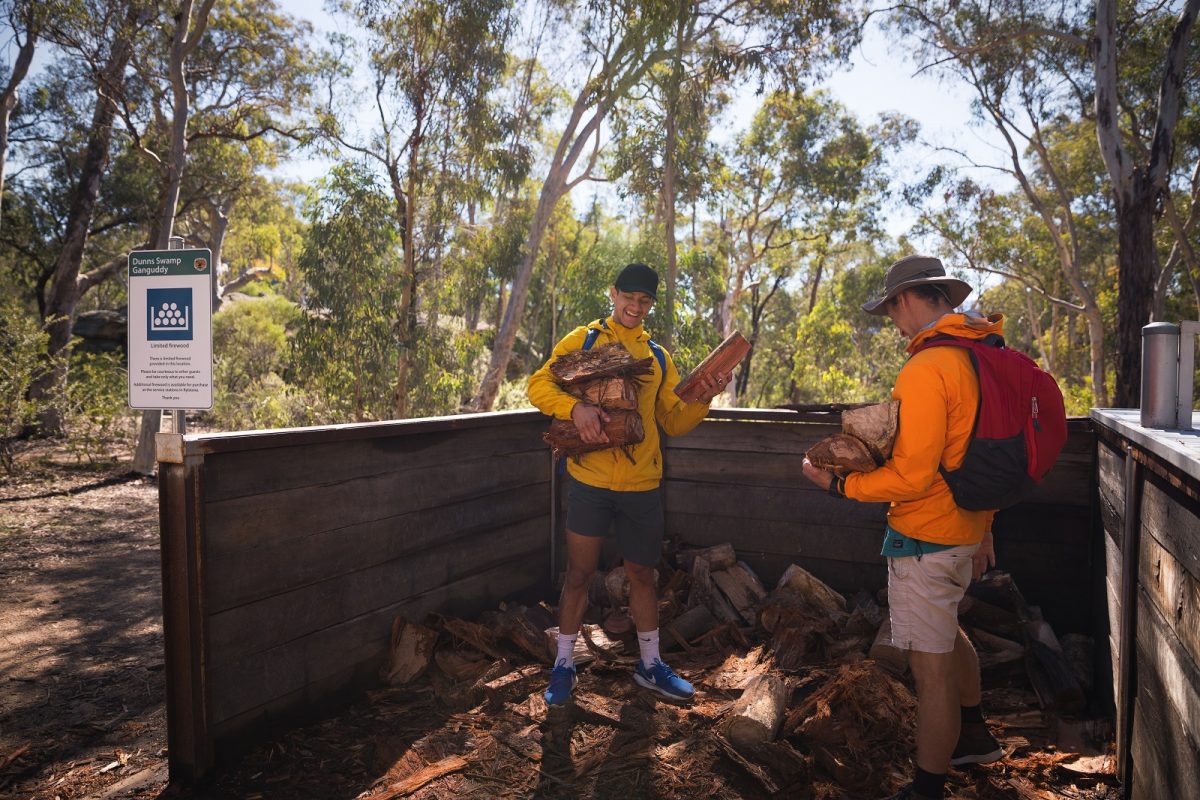 Photo Information
Photo InformationPays to check first if you have to BYO firewood or if your location provides it.
Ganguddy-Dunns Swamp campground
Wollemi National Park
Daniel Tran/DPIE (2018)
Who wants to turn up to a campground and then realise there’s no drinking or cooking water available? Nobody, that’s who. Whether you’re camping or staying in accommodation, it’s always best to check what facilities are available and come prepared. That means plenty of water (way more than you think you’ll need) and a shovel if there are no toilet facilities available.
Ranger’s tip: Most campsites don’t have drinking water, so you’ll need to bring your own or boil the water for at least 20min.
Remember, you can’t gather firewood in NSW national parks, so you’ll need to BYO if your campground or accommodation doesn’t provide it (don’t forget, you can only have fires in designated spots). You should also check the alerts for NSW National Parks to see if there are any fire bans in place. Otherwise, a fuel stove is a good backup for cooking on the road. Just don’t use it in your tent or an enclosed space, because carbon monoxide poisoning is not fun.
Did you know? The outback is a thirsty place. You’ll need to take a minimum of 10 litres of water per person, per day. Yes, we’re serious.
-
5/6
Drive in the sunshine
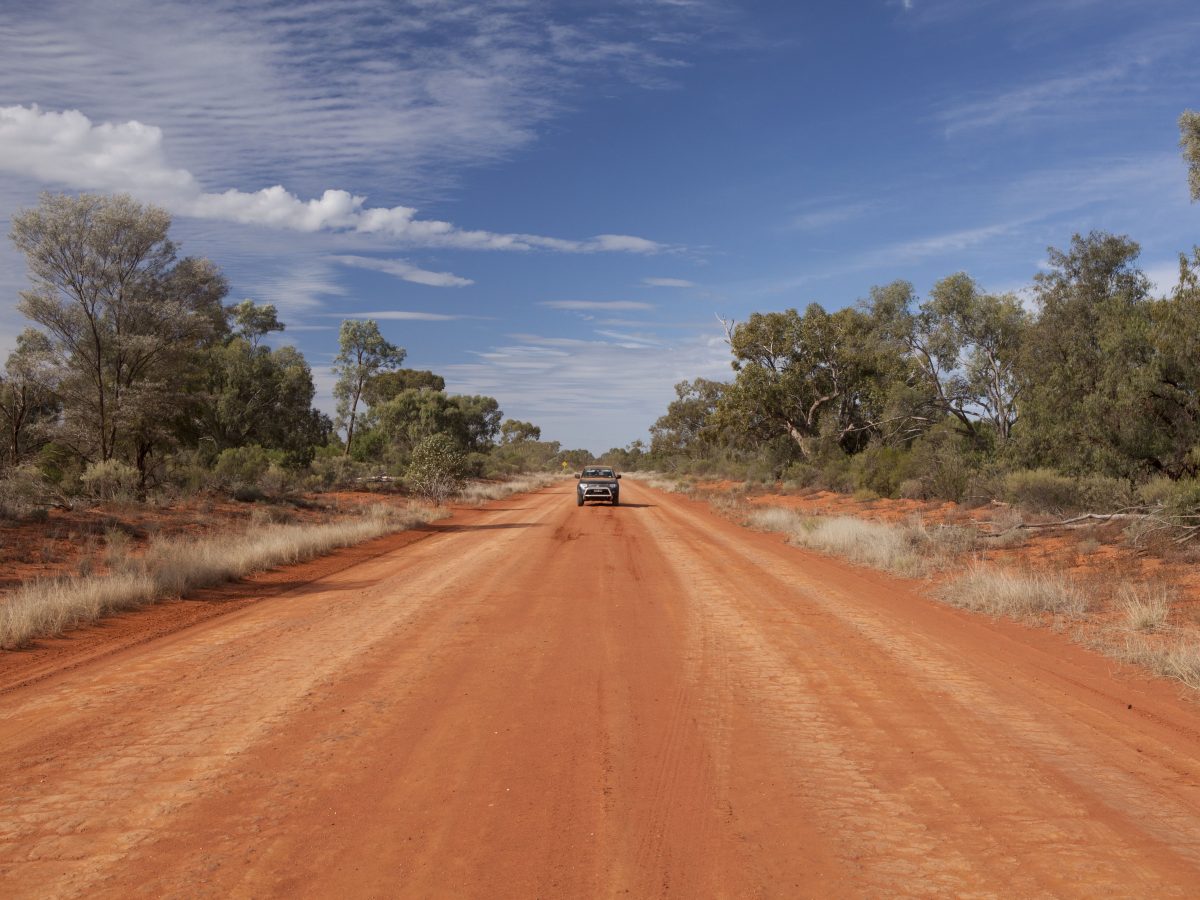 Photo Information
Photo InformationGundabooka National Park
David Finnegan/DPIE (2011)
If you’ve never travelled through the outback, you may not realise how dark it gets when the sun sets. At dawn and dusk, animals are more likely to jump out on the road and the angle of the sun makes it difficult to see other cars (or rogue cows). It’s also hard to see if the road is flooded or blocked, especially if you’re tired. The moral of the story? Stick to driving in full daylight, when you’re alert and can see any hazards in the distance.
Ranger’s tip: Outback NSW is a region of extreme temperatures, reaching up to 50°C in some places. Remember that the nights can be cold and temperatures can drop well below 0°C at times in winter.
-
6/6
Always stay with your car
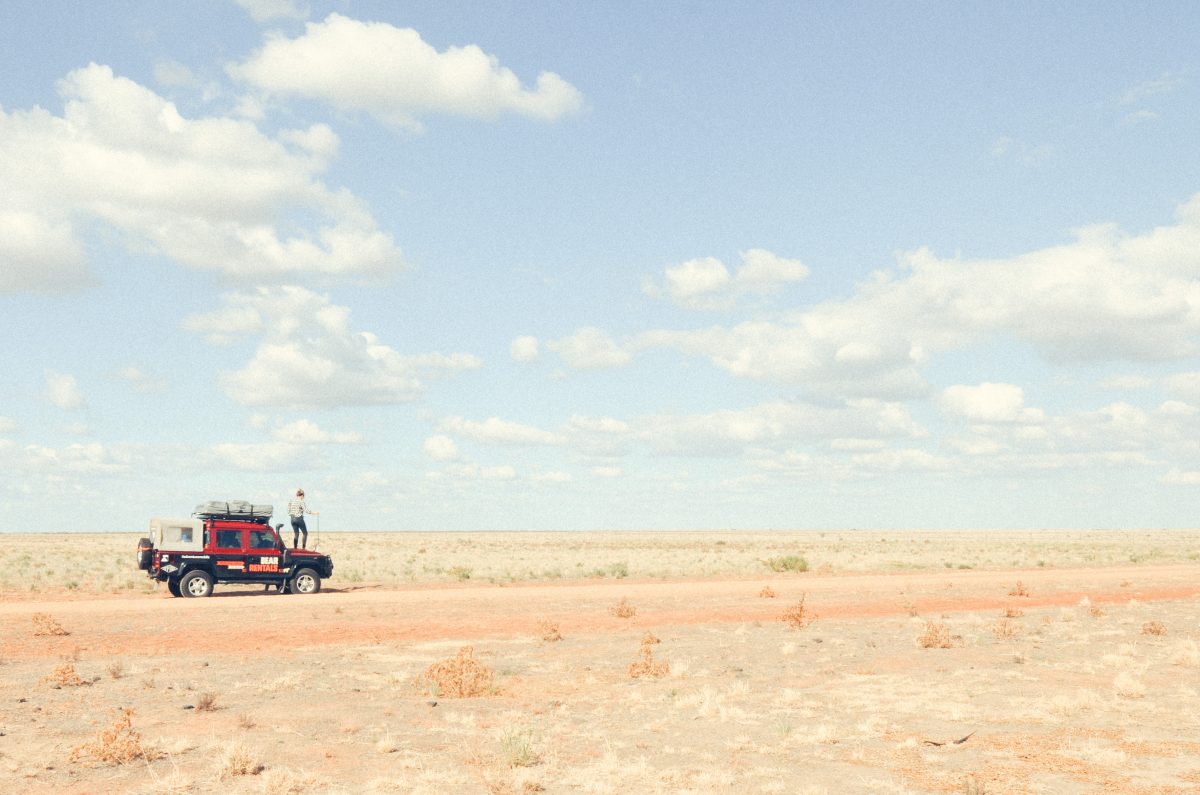 Photo Information
Photo InformationJames Fyfe/DPIE
This is definitely one of those last-but-not-least things. If it all goes pear-shaped and you need help, do not under any circumstances leave your car. Wandering off is a sure-fire way to turn a difficult situation into a fatal one.
In most cases, the best strategy is to use your mobile or satellite phone to bring help to you, rather than going rogue with limited food and water supplies. If you’ve prepped well, you’ll have enough food and water to keep you going until someone comes along to help.
Staying with your car also means you’ll be visible to emergency services from the air. To make sure they can see you, put up your car bonnet while you wait.
Ranger’s tip: Don’t forget you should bring at least 20 litres of water person for emergency use.
Start planning your trip through Outback NSW, or get more tips on staying safe in NSW national parks.
